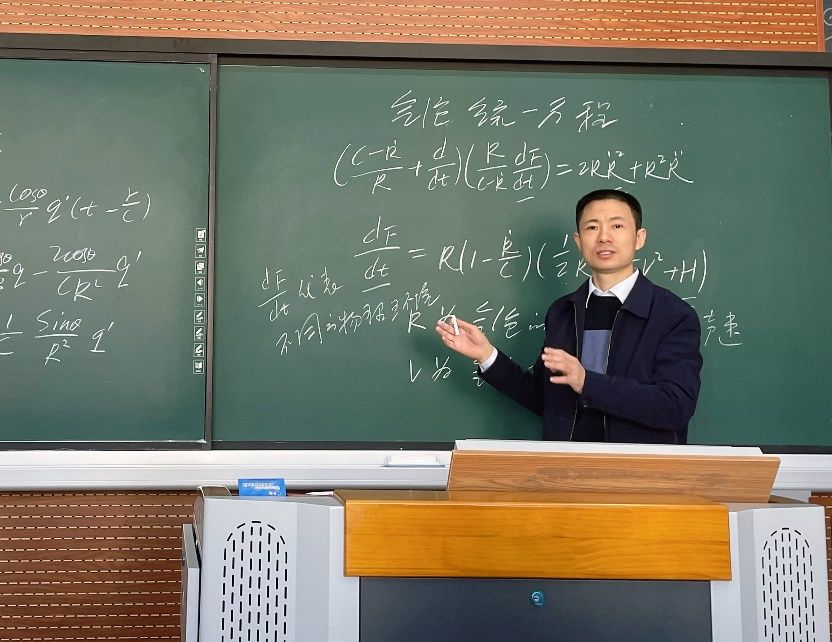A few days ago, Professor ZHANG Aman, from the College of Shipbuilding Engineering at HEU, successfully formulated the Bubble Unified Equation after an 18-year quest. The front-page "Innovation Story" column in Science and Technology Daily featured Professor Zhang Aman's remarkable journey, in which he harnessed mathematical language to unravel the century-old enigma of bubble theory. The article vividly portrays the intricate process behind crafting the Bubble Unified Equation and chronicles the dedicated academic pursuit of ZHANG Aman and his research team.


At the heart of underwater special testing facility construction lies the Bubble Unified Equation, an integral theory showcased on engraved stones.
Conceived by Professor ZHANG Aman from the College of Shipbuilding Engineering at Harbin Engineering University, the Bubble Unified Equation made its official debut in the March issue of the international fluid mechanics journal "Fluid Physics" this year. This equation elegantly encapsulates the fundamental principles governing the natural motion of bubbles through concise and aesthetically pleasing mathematical expressions, thus untangling the enigma of bubble dynamics theory.

Professor ZHANG Aman also imparts his expertise through teaching.
The Equation's scope transcends theoretical prediction of bubble dynamics. It also serves as a guiding mathematical framework for experimental endeavors and prognostication of novel physical phenomena and principles.
In recent deep-sea exploration tests, China's independently developed high-pressure air gun, operating in tandem with a geophysical research vessel, precisely executed an arrangement calculated using the Equation. This high-pressure air gun array accurately emits pressure waves towards the seabed. By analyzing the rebounding reflected waves, laboratory personnel can ascertain the presence of valuable marine resources like combustible ice and oil beneath the ocean floor.
Currently, Harbin Engineering University is diligently designing and developing an advanced low-frequency, high-capacity, and high-pressure air gun array for ultra-deep sea exploration. As Zhang Aman elucidated, "The utilization of low-frequency air guns facilitates acquisition of high-precision reflected wave signals, enabling detection at greater depths and distances."